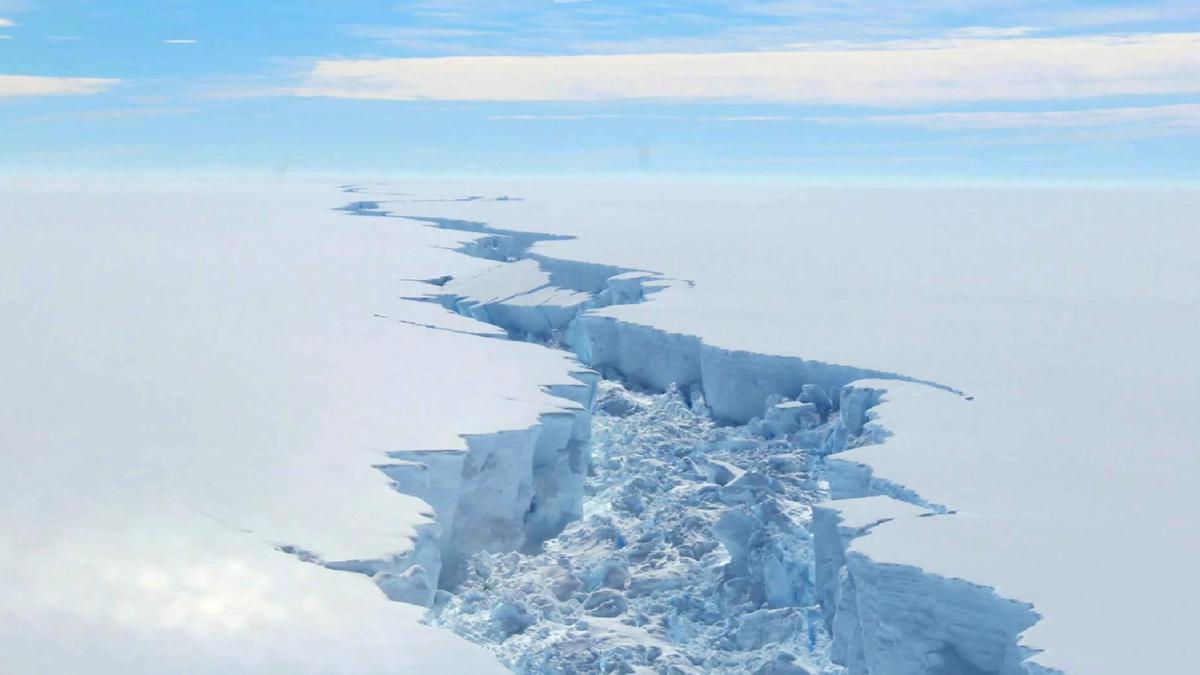BUENOS AIRES: A research base on the northern tip of the Antarctic Peninsula recorded a record high temperature of 18.3°C on February 6, according to Argentina’s national meteorological service.
The latest temperature at the Argentine research base, Esperanza, is higher than the former record of 17.5°C on March 24, 2015, the World Meteorological Organisation (WMO) said on Friday.
The WMO is verifying whether the latest temperature would be a record high for the whole Antarctic continent. The organization’s weather and climate extremes rapporteur, Randal Cerveny, warned it probably would be.
The high temperature is likely caused by the rapid warming of air coming down a slope or mountain in the area, he said.
The Antarctic, like the Arctic, is poorly covered in terms of weather observations and forecasts, even though both play a crucial driving climate and ocean patterns and in sea level rise.
The record for the Antarctic region – everywhere south of 60 degrees latitude – is 19.8°C, taken on Signy Island in January 1982. The Antarctic Peninsula (the northwest tip near to South America) is one of the fastest-warming regions on the planet, with average temperatures increasing by almost 3°C over the last 50 years.
The amount of ice lost annually from the Antarctic ice sheet increased at least six-fold between 1979 and 2017. The continent’s ice sheet, which is up to 4.8 kilometers thick, contains 90 percent of the world’s fresh water, enough to raise sea level by around 60 meters were it all to melt.
Some 87 percent of glaciers along the west coast of the Antarctic Peninsula have retreated in the last 50 years with most of these showing an accelerated retreat in the last 12 years, according to the WMO.
The WMO warned that more recently, cracks in some of the continent’s key ice sheets have been growing quickly. Cracks in the Pine Island Glacier, one of the largest ice sources in the West Antarctic Ice Sheet, in Antarctica have been growing rapidly over the last days, according to satellite images from Europe’s Sentinel 1. The two large rifts were first spotted in early 2019 and have each rapidly grown to around 20km in length.
The Pine Island Glacier, like its neighboring Thwaites Glacier, has been dramatically shedding ice over the last 25 years.
The amount of ice flowing from Thwaites — one of the largest contributors to global sea-level rise from the West Antarctic Ice Sheet — has doubled in the span of three decades. Scientists from NASA’s Earth Observatory are concerned that the glacier loses a lot of ice in the near future.
(with inputs from Agencies)









Comment